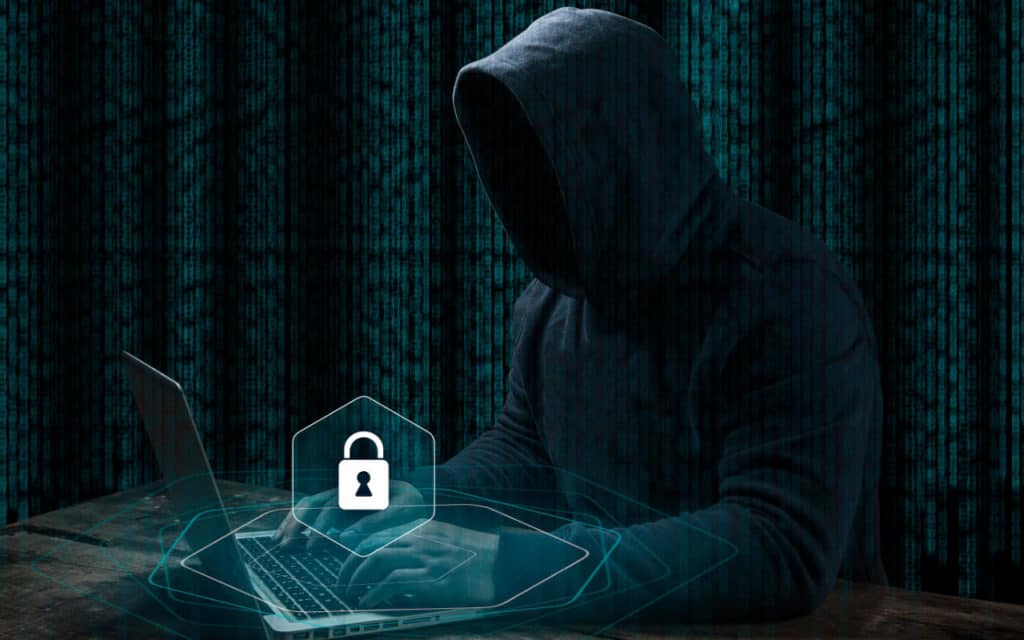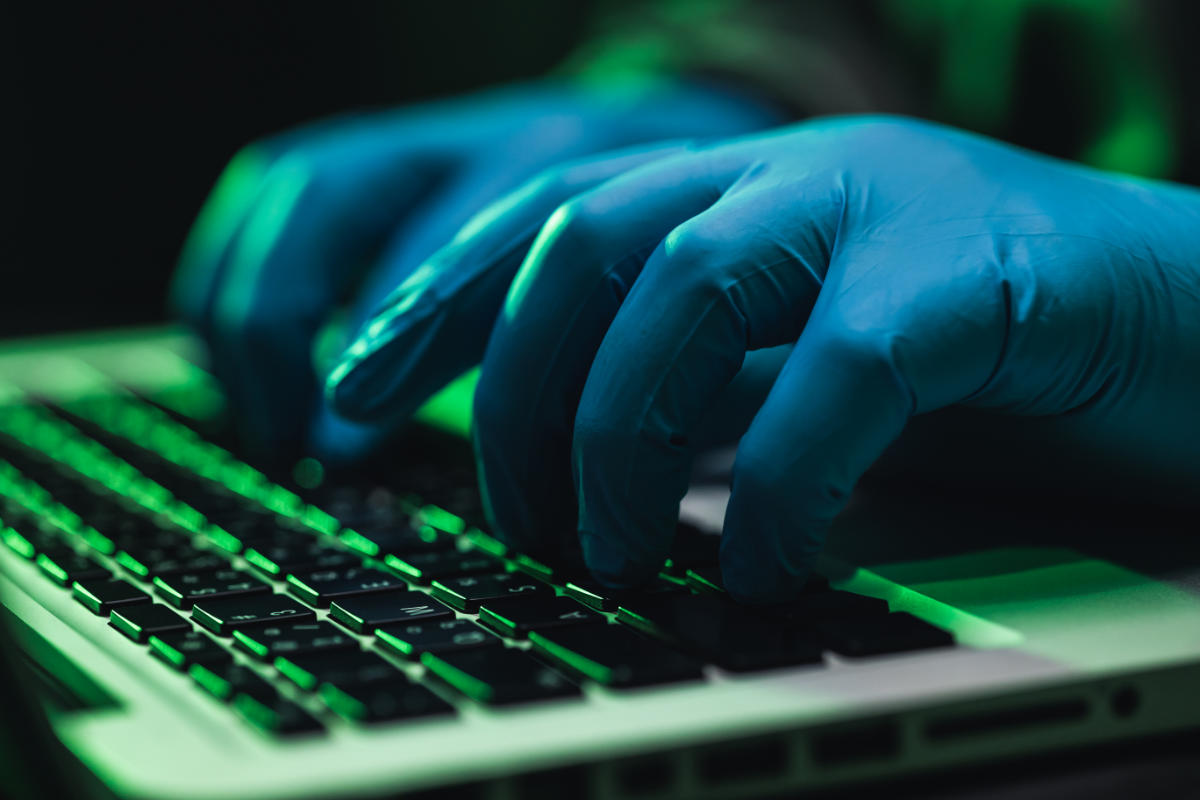
Estimated reading time: 7 minutes
As we know, a ransomware is a malware that aims to extort money from victims . The means it uses is encryption to encrypt victim data, both local and in the cloud, and make it inaccessible.
The ransomware is therefore a real cyber blackmail : if the victim refuses to pay the requested sum, not only would he be denied access to his data, but there is also the risk that this data will be totally destroyed by hackers. There is no guarantee that unencrypted data will be returned to payment of the ransom.
The propensity or not to pay a ransom was analyzed by one 2020 study , in which it emerged that the 65% of respondents pay without hesitation. Furthermore, it appears that more than half of the sample paid when they were the victim of an attack. Cyber attacks also hit in Italy and 33% of Italians victim of ransomware stated that, despite having paid the ransom, the data in the possession of the victim have been totally or partially lost . In fact, there is no certainty that, by paying a sum of money, the decryption keys of the files will be delivered.
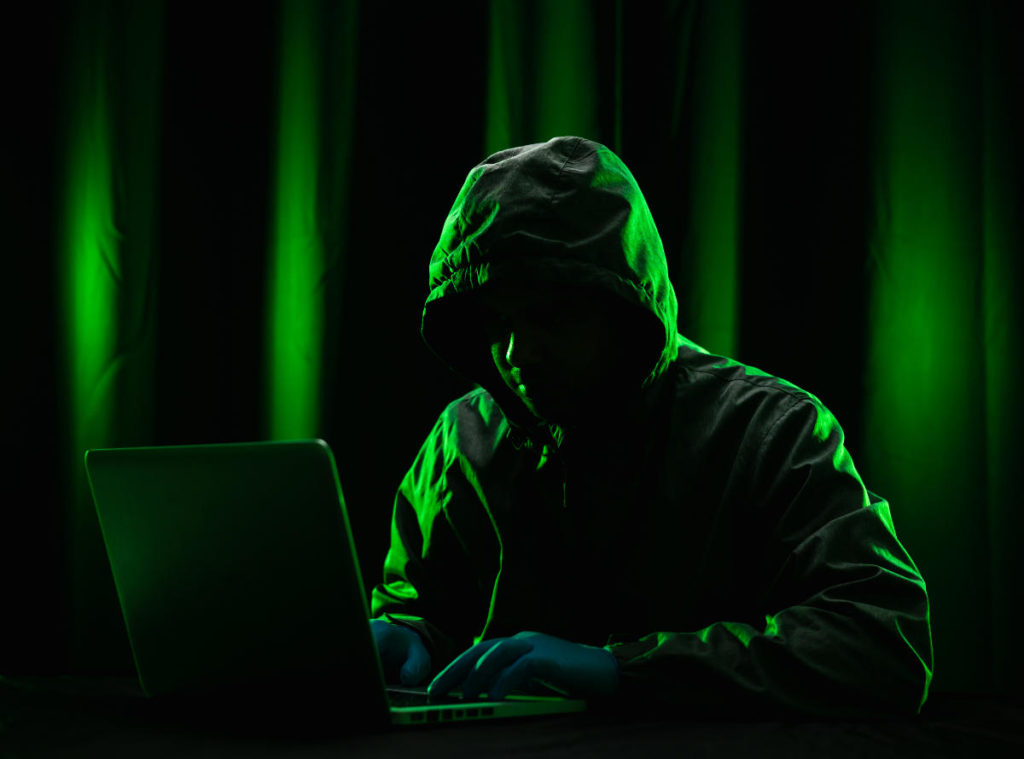
Ransomware: recent-news
In 2020 it was stated by Microsoft that Ransomware was a major threat . In fact, it is estimated that digital attacks of this type increased in 2020 compared to the previous year. This also happened in 2021.
Development of techniques
The development of ransomware techniques has been fairly straightforward. The first attacks weren’t as organized as the ones we see now. They were executed by single hackers and were often used to target small groups of people, if not a single user. Small sums of money were extorted from these victims, which over time increased more and more.
The use of Ransomware on a large scale dates back to the last few years: recently, in fact, they have evolved. Now the actors of these ransoms have changed, which are groups of organized cybercriminals .
It is no longer individual users that are being targeted, but large companies and their data . The decision to increase the range of ransomware was a novelty due to the fact that criminals and hackers agreed to press on the urgency of companies to recover high-importance data that cannot be lost and the greater possibility of companies to sell for more substantial redemptions .
Even the moment in which the attack occurs is no longer casual, but the result of a ruthless strategy. In fact, criminals choose holiday moments or moments when the company is weakest , moments in which it is easy for IT technicians to pay less attention to unauthorized access to databases.
Double-extortion-ransomware, one of the latest
Another novelty that has recently emerged about ransomware is the double extortion , a technique that ends up extorting a larger sum of money. This technique puts into practice a double ransom that leverages the victim’s weaknesses.
At first, blackmail is based on access to data, which is denied to the victims. When a first ransom is paid, several cybercriminal gangs ask for a second payment to prevent their data from being made public or released to competing companies .
In this way, companies not only have to pay the first ransom to regain access but will be asked for a second ransom to maintain the confidentiality of data that could still be in the hands of the criminal group.
The ransomware attacks of 2021
Ransomware attacks have skyrocketed and that’s nothing new. In recent years, this new modus operandi of double extortion has turned out to be much more profitable than simply deleting data, which however should not be ruled out as a possibility. Even if the ransom was paid, several companies said they no longer had access to the data.
In 2021, the year with the largest number of ransomware-type attacks ever recorded , there was a total loss of money of $ 6 trillion . The types of ransomware attacks have become increasingly sophisticated and designed to hit company databases at the heart and above all to evade their IT security systems, which unfortunately become obsolete very quickly.
There have been several massive attacks involving different types of companies.
Attack on the Colonial Pipeline Company
One of the most significant attacks was that of the hacker group DarkSide against the Colonial Pipeline Company, which took place in early May 2021 . The immediate damage caused by this attack was the interruption of the supply of fuel that was to arrive in the southern United States of America.
This attack was by far the heaviest of the year 2021, as the Colonial Pipeline is responsible for delivering more than half of the fuel in circulation in that area of the US. The result was devastating not only as regards the way the company reacted, but above all for the reaction of consumers : the rush to fuel . People rushed to fill as many fuel cans as possible, to avoid running out of water, with all the risks that these actions bring with them.
The IT action, which cost the company $ 4.4 million , could very well have been avoided . In fact, once the attack was over and the reports of the cybercriminals’ actions were analyzed, the lack of one of the simplest yet most effective security measures immediately became apparent: multi-factor authentication.
Without the latter, in fact, hackers faced only one barrier to break down before accessing the data , which is why the attack was so simple to carry out. The ease with which the attack hit was key in stimulating further Ransomware attacks , as it paved the way for the likelihood of high-caliber companies sinning from lack of cybersecurity just like the Colonial Pipeline. .
Attack on CNA Financial
Another recorded cyber attack was the one against CNA Financial. This was particularly impressive due to the ease with which the breach occurred against a security system that was considered to be one of the safest .
The consequences of the attack were primarily a network outage and, subsequently, the inability to regain full network operation. There were over 15,000 single victims of this attack . In fact, the attack took place remotely and hit the computers of almost all employees . The ransom demanded (and paid ) amounts to $ 40 million.
The identity of the attacker is unknown, but many details suggest Evil Corp as the perpetrator of the attack. The most obvious clue is the software used, which is called Hades, used in the past by Evil Corp.
Despite this, Evil Corp has never been sanctioned for the damage done to CNA Financial.

How to defend yourself?
As we have seen from the latest ransomware news, it is not easy to recover your data if you are a victim of this type of attack. Even if you decide to pay the ransom, you don’t necessarily get your data back. Consequently, the most effective defense is prevention, which can be done in a number of ways.
SOCaaS and UEBA to identify threats
One of the most effective ways to defend yourself is the UEBA system, integrated into the SOCaaS offered by SOD. This system is based on the analysis of users and entities . While it is easy for a hacker to obtain the login information of a corporate user, it is still difficult to behave normally without arousing suspicion. The UEBA system monitors the behaviors of each user and entity and triggers the alarm if their behaviors change. The change in habits may be legitimate, but in this way we can investigate immediately to mitigate the risk.
The UEBA system works thanks to different algorithms that monitor the habits of the users and systems involved and report any anomalies. Together with SIEM, they are fundamental components of the SOC that we offer to our customers.
Conclusions
In any case, it is advisable not to give in to ransoms for any reason. It is recommended to pay maximum attention to fraud and phishing and to install updated antivirus.
For greater high-level security for your company, do not hesitate to contact us to find out what solutions we can offer to secure your data. We will be happy to answer any questions.
Useful links:
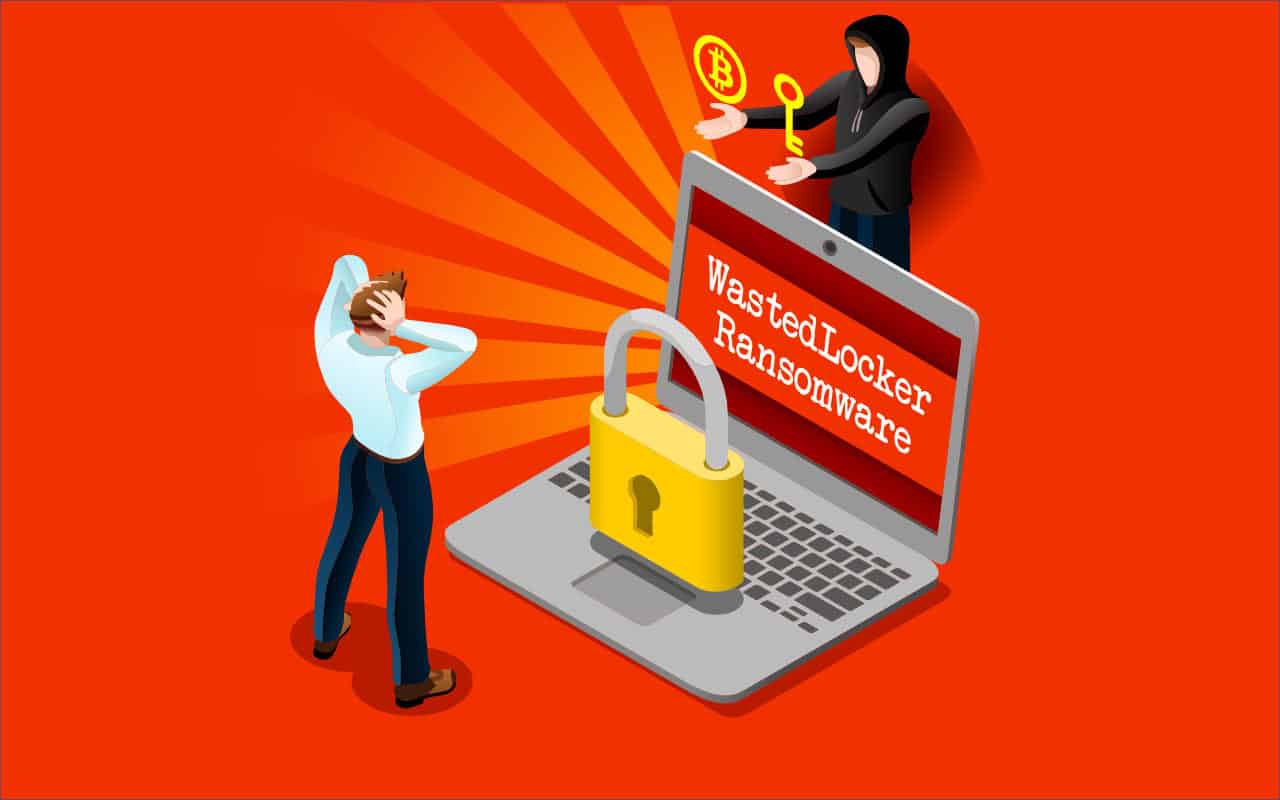
WastedLocker is ransomware attack software that began targeting businesses and other organizations in May 2020. It is known for its high ransom demands reaching millions of dollars per victim. It is the product of a group of highly skilled cyber criminals who have been operating for over a decade: Evil Corp.
Who is behind WastedLocker Ransomware
The group behind WastedLocker goes by the name of Evil Corp and some of the individuals associated with it have a long history in the world of cybercrime. The group is best known for managing the Dridex malware and botnet since 2011, but has also been responsible for creating ransomware programs over the years.
Through various episodes of criminal attacks, the group has been developing malware targeting mainly US companies since 2011. For this reason they have been known to the police for some time. After a period of inactivity, the group reappeared in January 2020 and their activity resumed as usual, with victims appearing in the same regions as before.
WastedLocker is a completely new program from Evil Corp that began infecting organizations in May 2020. It does not share the code with BitPaymer (a previously used software) but shows other similarities in the ransom note and per-victim customization. Evil Corp’s lack of activity between March and May could be explained by the group that was working on developing this new cyber threat as well as other tools that make up its toolset.
How does it work
According to Symantec reports, the infection chain for WastedLocker starts with a JavaScript-based attack framework. The framework, called SocGholish, is distributed as a fake browser update from warnings displayed on legitimate but compromised websites. Hacked news websites are a common vector.
The SocGholish framework is distributed as a ZIP file. Once opened and executed, it initiates a chain of attacks that involves downloading and running PowerShell scripts and the Cobalt Strike backdoor. Evil Corp has used this same distribution technique in the past to distribute the Dridex Trojan, so it has been part of its arsenal for a long time.
Once hackers gain access to a computer, they begin distributing various tools to steal user credentials. In addition, they can also increase privileges and perform a lateral movement to other machines. The attackers’ goal is to identify and gain access to high-value systems such as servers. They then implement an ad hoc binary file on the compromised machines for the victims.
The use of manual hacking and system administration tools are part of a trend observed in recent years. According to this trend, cybercriminals are increasingly adopting attack techniques that in the past were associated with cyber espionage. This trend poses a serious problem for smaller organizations that lack the budget and IT resources to deploy defenses against advanced threats, but are a frequent target for ransomware groups and other financially motivated cybercriminals.
WestedLocker in detail
WastedLocker uses a combination of AES and RSA encryption in its encryption routine which is similar to other ransomware programs. Each file is encrypted with a unique 256-bit AES key generated on-the-fly. These AES keys along with other information about the encrypted files are then encrypted with a 4096-bit public RSA key which is encoded in the WastedLocker binary. Attackers keep the private part of the RSA key pair needed to retrieve AES keys and decrypt individual files.
According to an analysis by Kaspersky Lab, the encryption routine is strong and correctly implemented. So the victims cannot recover their files without the attacker’s private RSA key. Because it is a manually distributed ransomware threat customized to each target, attackers generate unique RSA key pairs for each victim. I mean, the key received from one organization after paying the ransom will not work to decrypt the files of another affected organization.
Some distinctive aspects of WastedLocker
The WastedLocker ransomware has a mechanism that allows attackers to prioritize certain directories during the encryption routine. This is probably used to ensure that the most important and valuable files are encrypted first in case the encryption process is detected by the system administrators and stopped while it is in progress.
The malware appends an extension to files consisting of the victim’s name and the word “wasted”. Also, it generates a text file with the ransom note for each file, which means that each directory will contain hundreds or thousands of copies of the ransom note.
WastedLocker is designed to delete shadow copies (the default backups made by the Windows operating system) and tries to encrypt files on the network, including remote backups.
After the July 2020 attacks
The Securonix Threat Research Team (STR) is actively investigating the details of Wastedlocker ransomware critical attacks. These have reportedly already affected more than 31 companies, of which 8 are Fortune 500 companies.
Impact
Here are the key details regarding the impact of WastedLocker ransomware attacks:
– WastedLocker ransomware is relatively new, used by EvilCorp, which previously used the Dridex trojan to distribute BitPaymer ransomware in attacks against government organizations and businesses in the US and Europe.
– Evil Corp group is currently focusing on targeted attacks on multiple industry casualties in recent months. Garmin is one of the latest high profile victims attacked (officially confirmed by Garmin on July 27).
– The most recent ransom amount requested was $10 million and appears to be based on the victim’s financial data. Based on the available details, the ransom has probably been paid.
– To date, a mono-extortion scheme appears to have been used, ie with only encryption and no or minimal data loss.
How to defend yourself
Following the analysis of the attacks and the data available, we want to suggest methods of mitigation and prevention of attacks.
– Review the backup retention policies. Make sure these are stored in a location that cannot be accessed / encrypted by the operator who placed the targeted ransomware. For example, consider write-only remote backup.
– Implement a training program on the safety of end users (company employees). Since end users are the targets of ransomware, it is best that they are aware of the current risks. It is important that they are aware of the threat of ransomware and how it occurs.
– Patches of infrastructure operating systems, software and firmware. Consider the possibility of leveraging a centralized patch management system.
– Maintain regular, air-gaped backups of critical company / infrastructure data. An air-gaped backup and recovery strategy means making sure that at least one copy of your organization’s data is offline and not accessible from any network.
– Implement security monitoring, particularly for high-value targets, to detect in advance any malicious ransomware operator positioning activity.
As always, we at SOD are available for advice and to suggest you which services you can implement for the safety of your company. Contact us to find out how we can help you keep your business defenses high.
Useful links:
The most dangerous Ransomware in 2020
Secure Online Desktop – Company
Critical ransomware: examples of successful attacks
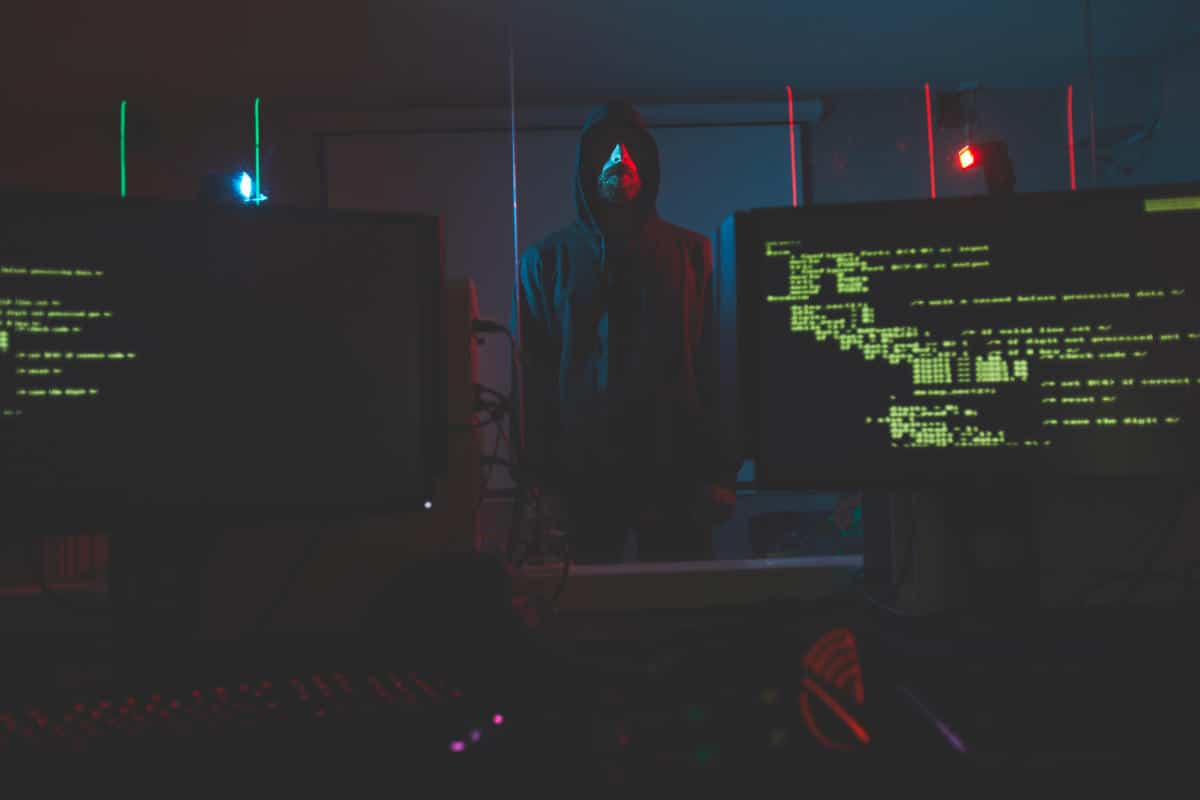
There have been critical cases of ransomware of note lately. Tor Vergata University suffered an attack that knocked out about a hundred computers. Access to the systems by teachers and students has been blocked. The attack affected a number of documents related to COVID-19 research that were encrypted and then made inaccessible. In addition, two other noteworthy cases shook hospitals in September. The first took place in Germany, in Düsseldorf, where a woman lost her life following an attack that also blocked the machinery that kept her alive. The second happened in the USA and involved UHS (Universal Health Services). In that case, patient care was kept secure, but the IT applications were out of order.
For the uninitiated, ransomware-type attacks happen this way: attackers take possession of the data on a computer and remove or encrypt it. They ultimately render them unusable and require the victim to pay a ransom to free up the data again.
The costs of an attack
According to the Cost of a Data Breach report, a critical ransomware attack can cost an average of $ 4.44M. It is an impressive figure that should make us reflect on the value of data managed by companies and on their protection.
Let’s see in detail some attacks and what consequences they had.
A fatal ransomware
For the first time, a woman dies after a cyber attack on a hospital. On September 9, 2020, a critical ransomware attack, launched at a hospital in Düsseldorf, caused the vital systems to which the patient was connected to no longer function properly. The victim had to be transferred to another hospital as quickly as possible. For more than 30 kilometers, the paramedics fought for the victim’s life, but ultimately without success. Many questions remain pending regarding this case, first of all why the machines that kept the woman alive were connected to a hackable network. The investigations continue, however, showing how the network must be protected for the physical safety of users, to avoid tragic consequences.
An attack on research
The access of students and teachers was blocked at the University of Tor Vergata with a critical ransomware attack that made documents concerning the research on COVID-19 inaccessible. The attackers managed to break into systems within hours and encrypt files on hard drives. A month later, no ransom had yet been requested.
Such an attack could slow down the search, hampering the process. Even if no ransom was required, the damage would still be tangible.
Attack on UHS
Fortunately, it finished better than the attack in Düsseldorf, another episode hit areas close to health. Facilities using Universal Health Services (UHS) systems have seen access to the system freeze due to an attack. Fortunately, there were no casualties and patient care was guaranteed all the time, as stated by UHS itself.
Other critical ransomware attacks
Critical ransomware attacks happen all the time and can have non-immediate implications. For example, Fragomen, a New York law firm, suffered an attack and a consequent data breach involving the personal data of some Google employees.
Another attack hit Enel, which was asked for a ransom of € 14M in bitcoin. The attack refers to the download of private data, contacts, databases, financial and customer documents for a total of 4.5 TB. Enel did not provide any press release regarding the attack.
Run for cover
Unfortunately, ransomware attacks are among the most subtle and annoying, because they also leverage a psychological factor of the victim who sees a way out (payment) and tries to cover what happened in order not to lose reputation.Unfortunately, following a successful attack, the data is still breached and security has proved ineffective.
So how do you make sure these attacks are neutralized? Adequate security measures must be implemented to prevent attacks as much as possible and provide a quick response in critical situations.
Security services
Services such as those offered in partnership with Acronis and SOD’s SOCaaS are essential tools for defending your data and corporate network. The first proposed service secures data through backups and monitors file changes. As soon as an encryption attempt is detected, the data is locked and secured to avoid the worst. In the unfortunate event that the attack is successful, backups reduce the severity of the consequences and prevent actual data loss.
SOC as a Service is an all-round solution that monitors all the IT infrastructure referred to. The defense is not specific to a type of attack, but instead focuses on detecting anomalies, even in user behavior, which can indicate ongoing attacks of all kinds.
Prevention
Finally, to verify that your system is protected, it is possible to request preventive services such as Vulnerability Assessment and Penetration Test. These test the infrastructures with controlled attacks in order to stimulate the security response and identify the areas that need to be reinforced. We recommend implementing this type of service regularly throughout the year as a preventative measure.
If you have any questions about the services or want to talk to us about your situation to request an intervention, do not hesitate to contact us, we will be happy to answer your questions.
Useful links:
Acronis Disaster Recovery Cloud
The most dangerous Ransomware in 2020
Acronis Active Protection: defense against ransomware
Contact us
Contact us
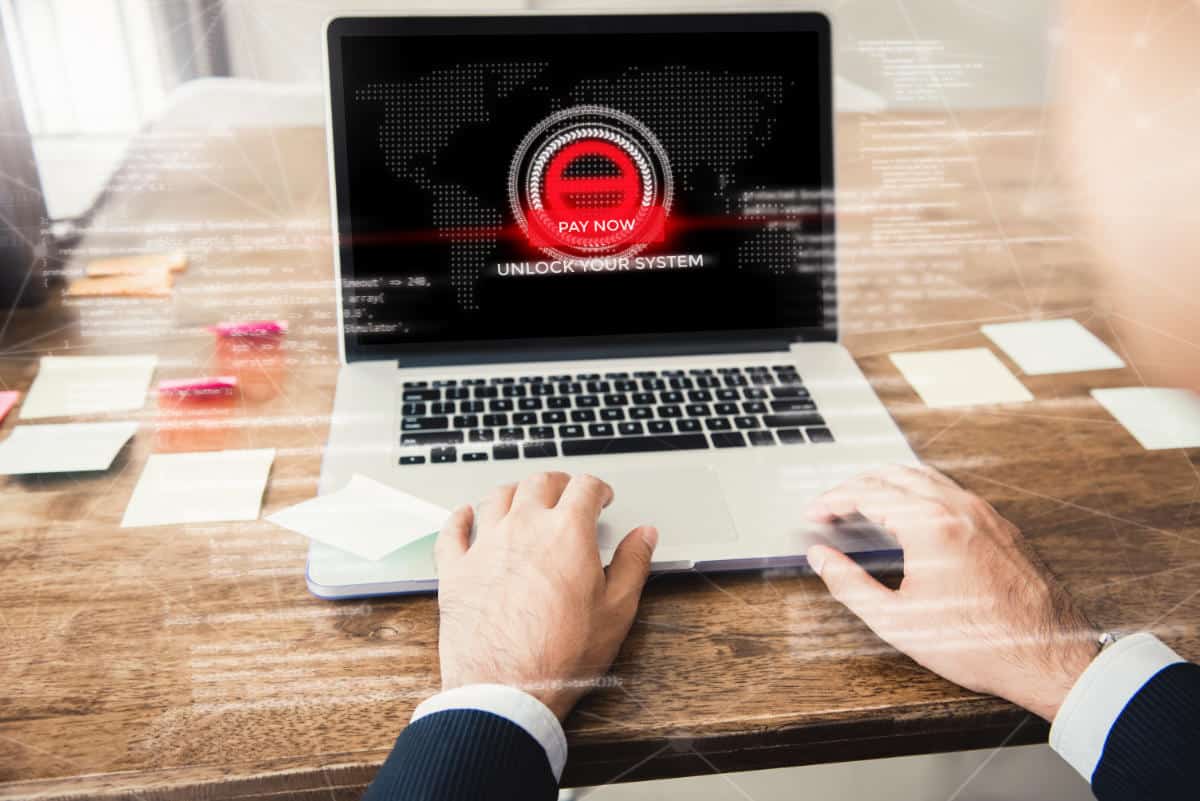
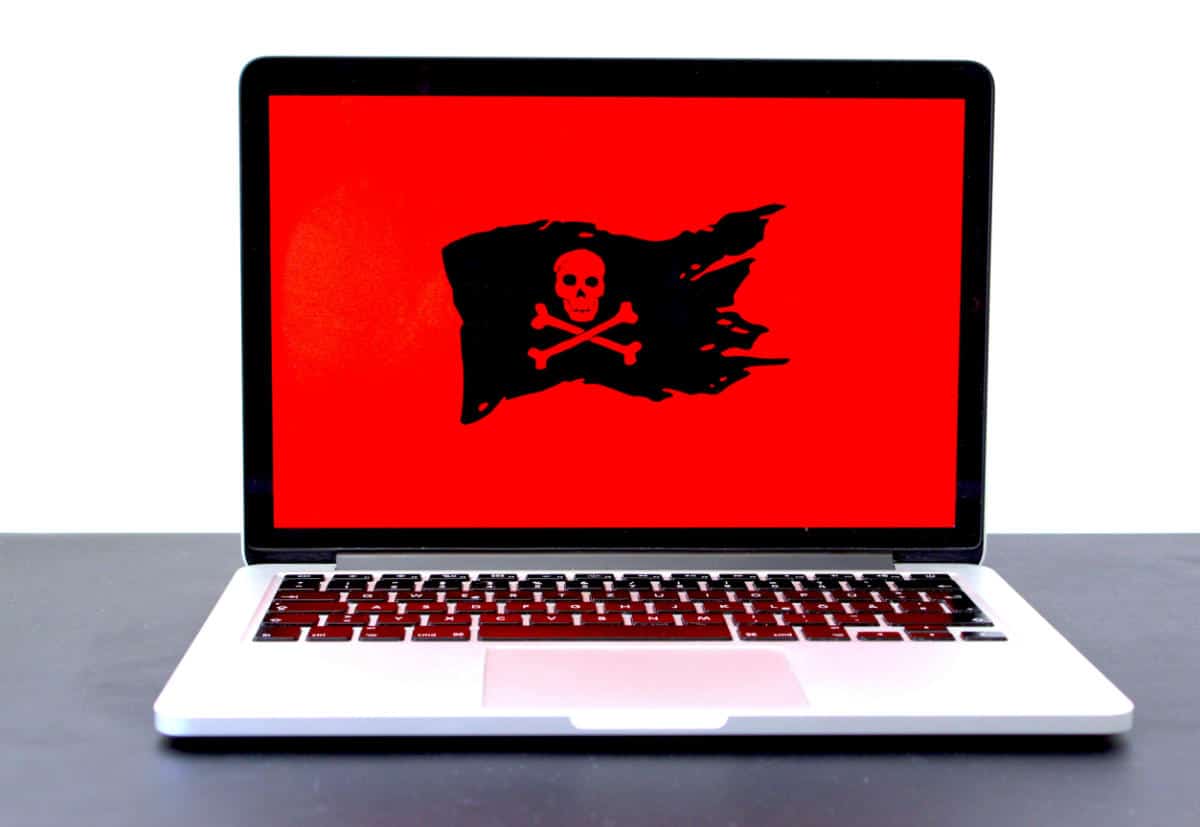
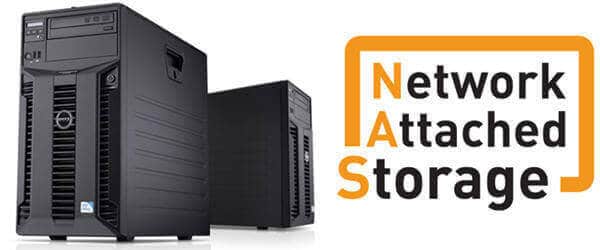
NAS
Network Attached Storage (NAS) is a great low-cost tool for storing your data like backups (single files / folders or entire operating system images). Thanks to its connection (ethernet or wifi) with the local network (LAN) it is possible to easily copy the contents from your PC or server to the NAS using manual and / or automatic systems.
So why is not the NAS the reliable solution for storing my backups?
Although it is cheap and very easy to install, configuring it and using it presents some critical issues that do not make it ideal in professional work environments where data is a critical component and the backup and restore process must be absolutely guaranteed. Let’s see some examples together:
DISADVANTAGES OF BACKUP ON NAS
♦ Theft: typically the NAS are physically located inside the company (office, CED, etc.), in the same building where the data are stored that they keep the backup therefore in case a company should suffer the theft of the equipment the latter would lose both the original data present in the computers / servers and their backup contained in the NAS;
♦ Damages: Catastrophic events (earthquakes, tsunamis, tsumamis, floods, fires, etc) could damage the company’s computer equipment, destroying both the original data and the backups stored on the NAS;
♦ Ransomware: the latest variants of ransomware are able to encrypt the content of the data stored in the NAS, which makes this tool ineffective because the backup would be in turn compromised and its data not usable.
Do not limit yourself to the NAS to save your data, save them in the Cloud with the BaaS services (Backup as a Service)
What are the countermeasures to protect your data?
ADVANTAGES OF THE BACKUP ON CLOUD
♦ Physical protection: keeping your backups on the Cloud means relying on Cloud Providers who, thanks to their Datacenter, are able to guarantee the physical security of the data, also in compliance with the ISO certifications;
♦ Cloud: The Cloud by its nature allows to segregate data in order to protect the backups from ransomware viruses and all those activities (voluntary or involuntary cancellations) that constitute a threat to the data;
♦ Scalability: the size reserved for backup can easily be increased to adapt to continuous business changes.
[btnsx id=”2931″]
Useful links:
New Cloud Server video – Create your Public Cloud
New Acronis Cloud Backup model for end users and new reseller plan
Stay in control of your fast-moving, quick-shifting data
Subscription business model – Basics
A Hybrid Cloud Backup Solution for System Integrator and reseller
BaaS | Cloud Backup | Backup as a Service

Cyber Risk Insurance
In the light of the recent cyber attacks and the rise of ransomware (like WannaCry and Petya), Secure Online Desktop in collaboration with Broker Busani Stefano of Union Brokers (see BROKER PRESENTATION) is pleased to present the Cyber Risk Assurance Guarantee as a valuable tool to increase The security of your data.
Cyber Risk Insurance – Description
The Cyber Risk Insurance Guarantee protects the customer even if the damage was caused by him. It protects you from all claims for damages even if the damage is due to:
- – error;
- – Negligence;
- – Breach;
- – Omission of duties;
- – Serious blow;
- – Abuse for:
- – violation of Network Security;
- – Malware;
- – Hacking;
- – D.O.S. (Denial of Service) attacks;
- – Unauthorized access or use;
- – Privacy.
It also covers Cyber extortion: the sums that the insured pays to end an Cyber-Extortion event (i.e. a threat received to the computer system in order to claim money from the insured).
It also includes loss of data: caused by human error, programming error, blackout, malicious informatics, D.O.S. attacks, malware, hacking, unauthorized use or access.
It covers all the expenses that arise from these events and covers the expenses for lawyers, perpetrators and costs incurred.
When unfortunately these events happen, the company stays at times for days, sometimes unfortunately for weeks!
The Cyber Risk Insurance Guarantee also covers the economic losses that have caused your business to stop!
[btnsx id=”2931″]
To whom does it turn?
This product is aimed at all small and medium-sized companies with a turnover of less than € 25million. Excluding retailers.
What do you need to do in practice?
To sign up for the policy, simply contact us and we will follow the client to analyze the degree of risk of his activity by setting the right security for the Cyber event.
Business Case
Prestigious 5-star hotel in Tyrol (Austria), the keys to all hotel rooms are electronic keys on the board, hackers take over the hotel’s computer system and block the opening of all the doors to the hotel rooms. Clients are panicky, while hacking requests for tens of thousands of euros – the hotel has no choice: it pays. The policy reimburses the hotel how much the hotel paid to hackers.
USEFUL LINKS:
♦ Stay in control of your fast moving data
[btnsx id=”2931″]
Episodes like the one that happened yesterday remind us more and more of the importance of having a backup. Backup in Cloud can be a valuable countermeasure to Ransomware (to know more about Ransomware see the comprehensive guide about Ransomware from Cloudwards).
Customers
Twitter FEED
Recent activity
-
SecureOnlineDesktop
Estimated reading time: 6 minutes L'impatto crescente delle minacce informatiche, su sistemi operativi privati op… https://t.co/FimxTS4o9G
-
SecureOnlineDesktop
Estimated reading time: 6 minutes The growing impact of cyber threats, on private or corporate operating systems… https://t.co/y6G6RYA9n1
-
SecureOnlineDesktop
Tempo di lettura stimato: 6 minuti Today we are talking about the CTI update of our services. Data security is… https://t.co/YAZkn7iFqa
-
SecureOnlineDesktop
Estimated reading time: 6 minutes Il tema della sicurezza delle informazioni è di grande attualità in questo peri… https://t.co/tfve5Kzr09
-
SecureOnlineDesktop
Estimated reading time: 6 minutes The issue of information security is very topical in this historical period ch… https://t.co/TP8gvdRcrF
Newsletter
{subscription_form_1}© 2023 Secure Online Desktop s.r.l. All Rights Reserved. Registered Office: via dell'Annunciata 27 – 20121 Milan (MI), Operational Office: via statuto 3 - 42121 Reggio Emilia (RE) – PEC [email protected] Tax code and VAT number 07485920966 – R.E.A. MI-1962358 Privacy Policy - ISO Certifications






